

An introduction to Venetian plastering
Posted: Thursday, March 16th, 2023
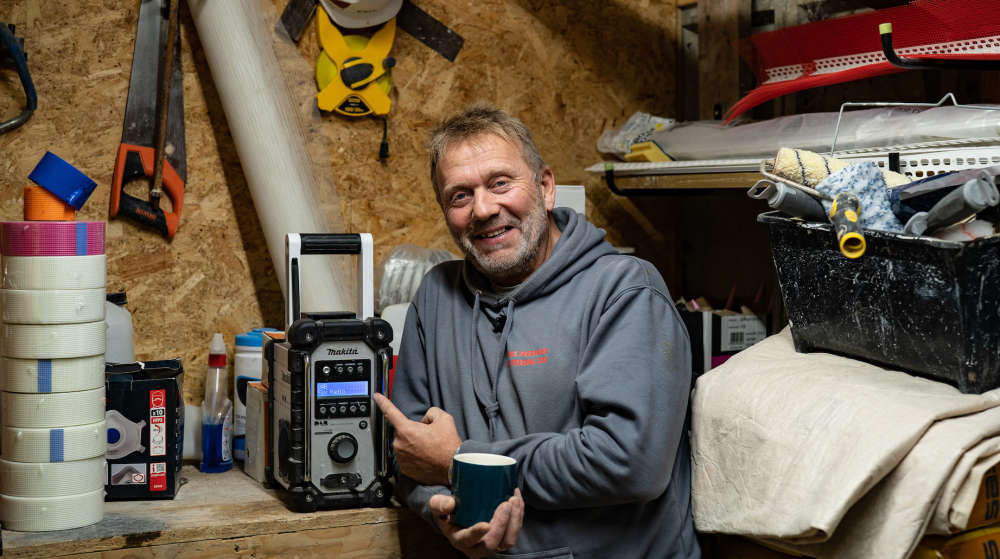
This week, the UK's favourite spread, Chris Frediani and Bradleigh spoke with Paul Robbins on The Plastering Show about getting started with Venetian plastering. Venetian gives a plasterer a much greater degree of creativity in their work. It is not about just pushing 'pink stuff' up the wall, says Bradleigh. "When you skim in a wall in pink stuff it looks the same, but Venetian is all to do with the way you flick your trowel, how much pressure you push, how much you polish off, and how much you put there. You could never create the same wall twice. It's just that individuality." Paul Robbins adds: "There's different styles and techniques coming out all the time. But the main ones are like marmorino to cut marmorino crystella, which is like the super shiny stuff. Travertino, which is like a rougher base. It's got thicker marble content, various concrete effects, and you've got the mineral effects, which like is like a paint effect, which he was charcoal as well." He says that it's important to know the finishes: "It's even just knowing the names of the things in the materials because obviously, you've got different primers for different areas.There's different materials for different finishes. And if somebody comes to you and says, we want this finish and you don't even know it's called you kind of lose interest." "Well, there's different kinds of trap towels too. Obviously different sizes, but the basically same shape as a normal plastic trowel, but the top sort of tapers in slightly. Sp when you're burnishing, you've got more of an angle. So when you're constantly polishing up the polish plaster, then you've got the angle on the towel and fade obviously didn't dig in. And you don't have as many corners and beginnings to your trowelling. "Some are really rigid as well. You can have like trapeze big channels that generally they tend to use a lot in America. So like a trapezoid shape. So you're basically using both sides of the trowel all the time." As a word of warning, Paul adds: "When you've got your plaster on, obviously the base coat you don't burnish. And depending on whether it's Gristello - that can go to like five coats, maybe more. So you're constantly layering on coats, and it's your final coat that you want to burnish, because it basically burns the lime and the marble. So as you're polishing, that's what brings the shine out." "So if you've got a skip trowel, you've got your base coat showing underneath it. So you're only in certain areas with the top coat and then that's the part you want to polish. Then it gives you the definition of between lightness and darkness. So you've got a shine on the top and like a matt base underneath, it looks really effective." To listen to the full show, click below.
Trending Stories
-
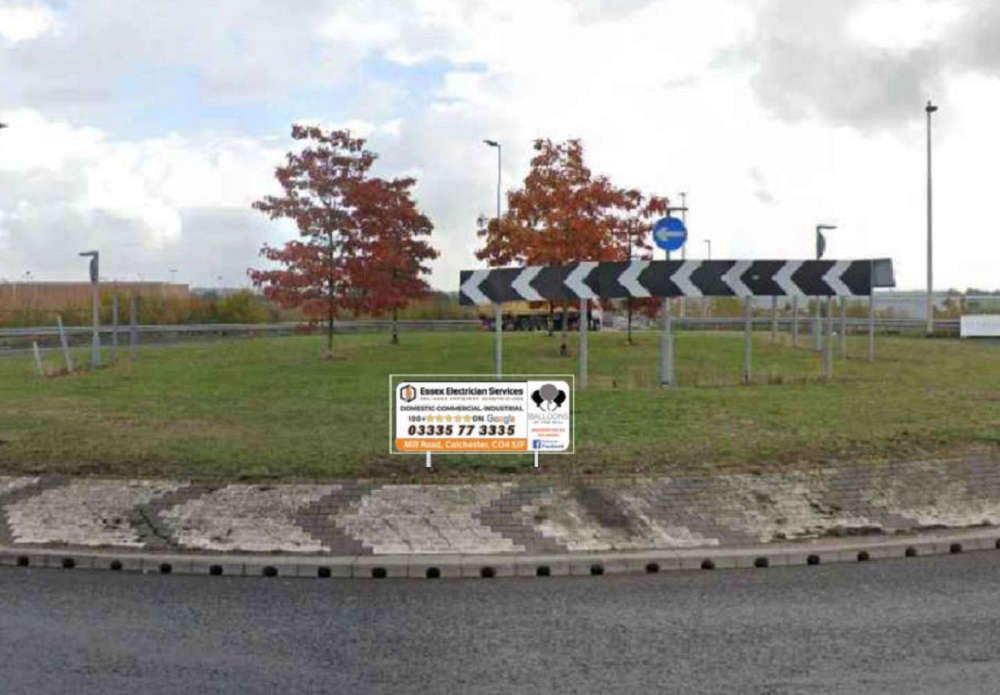 Essex electrician has roundabout signs rejected
Essex electrician has roundabout signs rejected
A sparkie’s bid to sponsor signs on two roundabouts has been refused by planning chiefs who described them as “clutter”
-
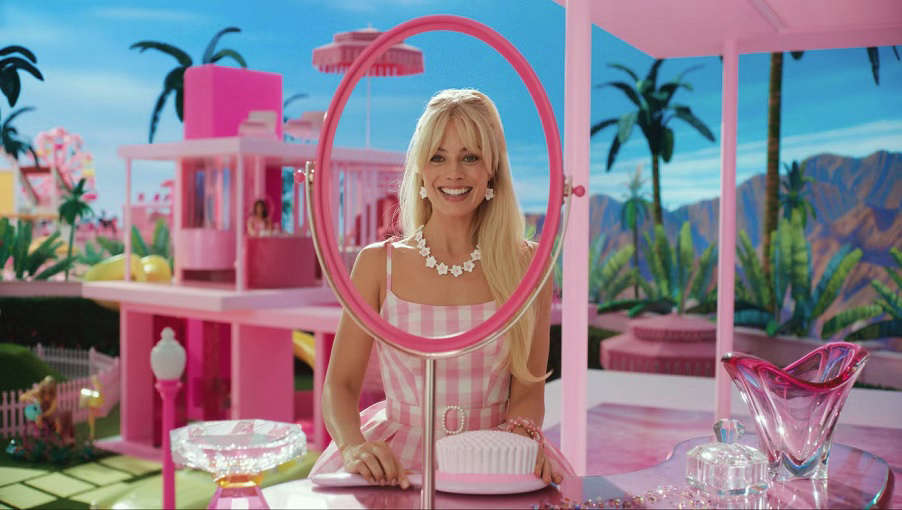 Barbie caused a ‘worldwide’ shortage of pink paint
Barbie caused a ‘worldwide’ shortage of pink paint
Barbie needed so much fluorescent pink paint that it caused a worldwide supply shortage for an entire company
-
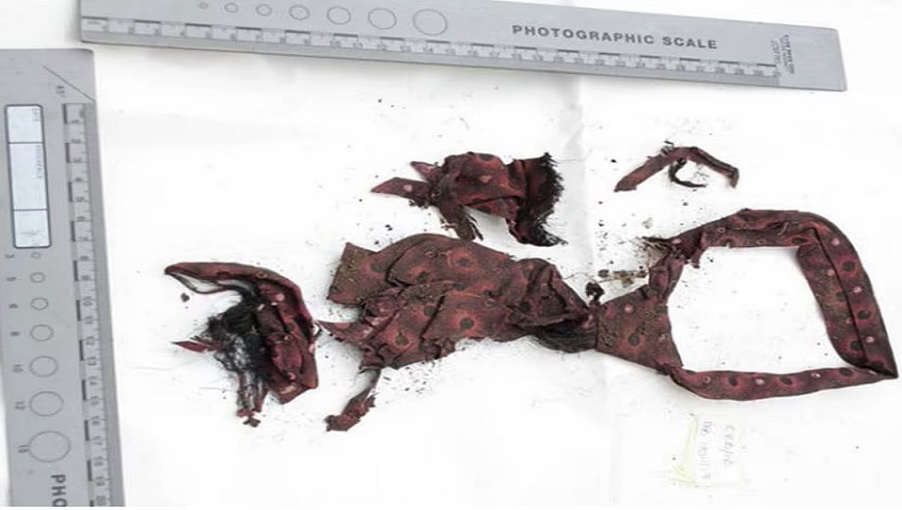 Builders find body of man murdered in the 1960s and buried in back garden
Builders find body of man murdered in the 1960s and buried in back garden
A woman who bought a South London house was left horrified after builders discovered the body of a man murdered in the 1960s and buried in her garden 14 months after she moved in
-
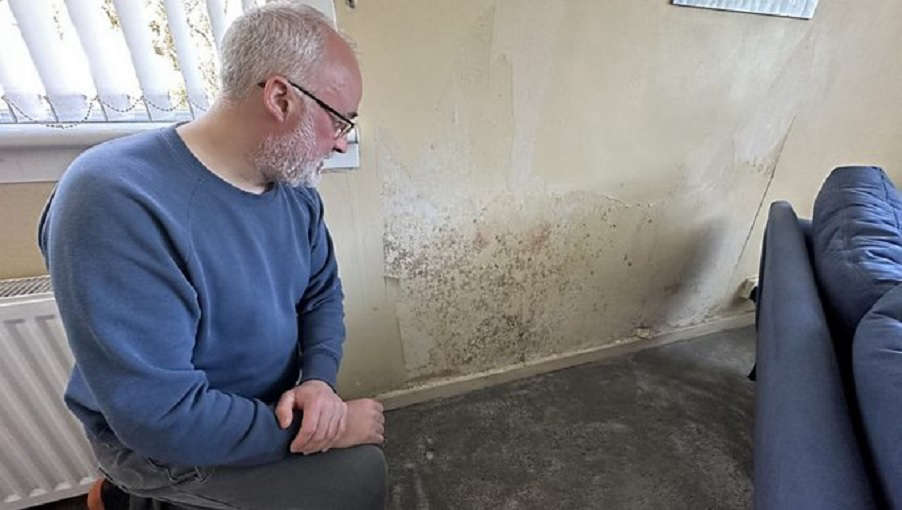 'Government insulation scheme ruined my home'
'Government insulation scheme ruined my home'
A home-owner said his flat has been ruined by black mould caused by a government "green" insulation schem
-
 Builder celebrates lottery win by buying his coworkers bacon butties
Builder celebrates lottery win by buying his coworkers bacon butties
A builder from Milford Haven who won big on the lottery celebrated his victory by treating all his workmates to a round of bacon rolls
Comments
Add a comment